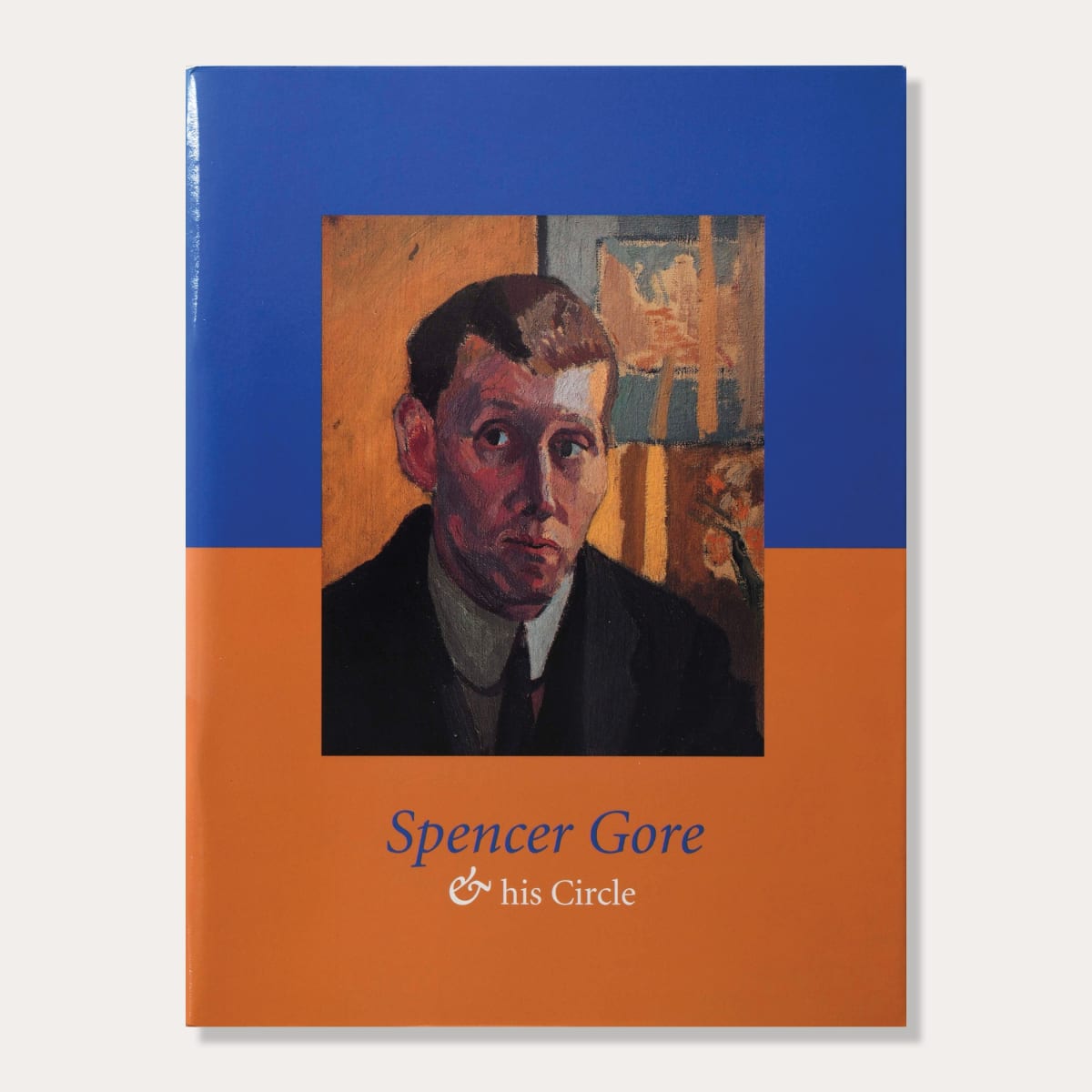Charles Ginner
The gallery regularly handles, acquires and advises on works by Charles Ginner For more information or the availability of work, please contact the gallery.
Charles Ginner (1878 - 1952)
Charles Ginner worked in an architect's office in Paris for three years before joining the Académie Vitti in 1904 under Paul Gervais. He momentarily defected to the École des Beaux-Arts following a clash with Gervais, but returned to complete his studies at the Académie. Following a trip to Buenos Aires in 1909, where he staged his first solo exhibition, Ginner settled in London. He soon became an active member of Sickert's Fitzroy Street Group from which the more formal exhibition society, the Camden Town Group, emerged. In 1913 this became part of the London Group and in 1914 Ginner joined with close associates Robert Bevan and Harold Gilman to found the Cumberland Market Group.
In 1914 he published a manifesto entitled 'New Realism' in the New Age review, voicing the need for a new expression of everyday life that resisted venerating the decorative impact of Post-Impressionism alone. This article was reprinted in the catalogue of an exhibition of Ginner and Harold Gilman's work held at the Goupil Gallery in London.
Ginner is above all remembered for his cityscapes and landscapes in oils and watercolour. In his oil paintings, he meticulously and deliberately filled the canvas with a thick application of bold pigments in tight brushstrokes. These paintings demonstrate his debt to Impressionist and post-Impressionist painters such as Van Gogh and Cézanne.
Ginner was employed as an official war artist in both world wars. In World War I he served in the Canadian War Records making detailed drawings of a munitions factory in Hereford. During World War II he was employed by the War Artists' Advisory Committee to document the effects of the war on the British landscape.
Text Source: Benezit Dictionary of Artists







